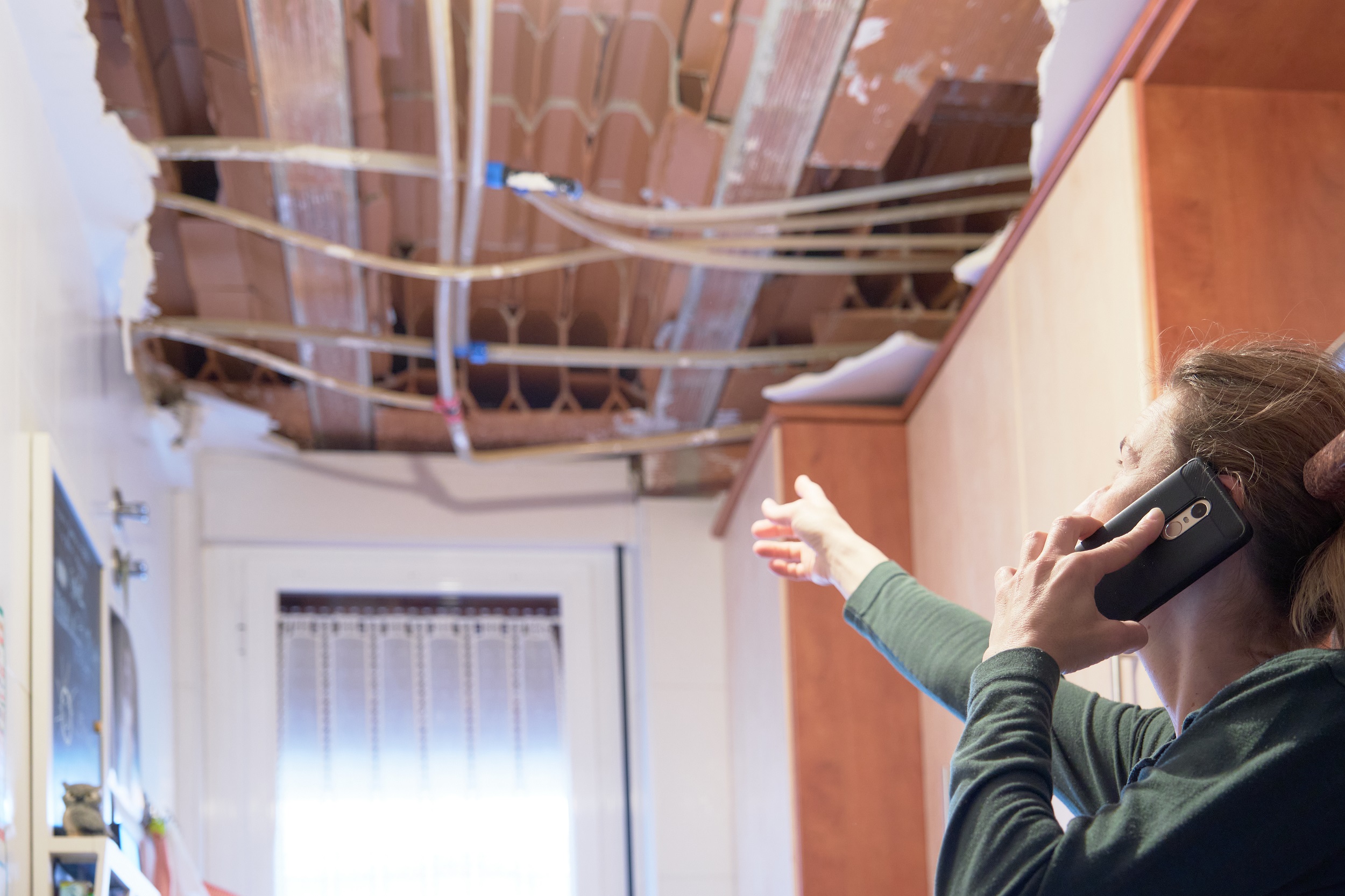Building materials shoot up in price – will the average claim spiral too?
Builders in France are witnessing a surge in material prices at the same time demand outstrips supply. These factors are adding extra complexity to the development of properties and claim management. Indeed, prices for raw materials have rocketed up while the sector is faced with trying to ramp activity back up after successive lockdowns. These stoppages, along with the scarcity of materials and increased regulations, are undercutting the momentum that the construction and public works sector had enjoyed. Erik Milhomme, Construction Director at Stelliant Expertise, and Olivier Cathebras, Provence Sector Manager for Stelliant Expertise Construction, sat down to give us their views.
An economic recovery with persistent weaknesses
With its ability to create jobs, the construction sector holds a high potential to spur economic recovery. In turn, stimulus measures can buttress the sector’s move toward quality-driven, sustainable practices. Nevertheless, COVID-19 has left behind devastating scars. Construction companies have been seriously affected by the pandemic and a large number of them have run up against cash-flow problems. The sector is in a weakened state while the price of materials has surged, and supply chain bottlenecks have heavily disrupted deliveries to worksites.
Effects on the insurance world
The difficulties mentioned have been exacerbated by reduced spending and consumption as well as restrictions on operations. Funding is scarce which threatens the viability of small and medium-sized enterprises (SMEs); many of them face bankruptcy if disruptions continue. To alleviate this issue, all construction stakeholders, along with insurance companies, are studying ways to manage the crisis’ effects. They are looking at general contractual provisions, legal principles on liability exemptions in case of breaches and specific contractual provisions that would allow time and financing conditions to be adjusted where required. Some financial institutions are even making efforts to help construction companies manage the risks that are rising at the moment, such as reimbursement delays, which can be especially critical for SMEs.
At the same time, the price increase in materials has had a strong impact on claims: the average cost of materials has shot up 40% in scarcely six months (between June and November 2021). These price increases can be explained in two points: if materials and trained workers are scarce, their cost rises. Any increase in the cost of materials will pass into and impact insurance coverage for ten-year structural warranties (RCD) that cover a company for ongoing and completed work. However, with the lack of workers and price inflation on materials, property developers are turning to lower-cost solutions, which also implies a drop in quality. This price pressure on contractors and supplies, along with outsourcing, could lead to negative consequences on the number of claims.
What is the loss adjuster’s role in this context?
Construction is a complicated business to fully grasp. It involves many areas of trade and thus has very different risks depending on the use of evolving materials and techniques. Building insurance is heavily regulated in France and, in the event of a claim, requires the services of a construction-specialising loss adjuster to study the damage, investigate the causes and set out the appropriate remedial solutions.
Under stressful circumstances, the loss adjuster must identify the causes of the loss and recommend solutions. Meanwhile, regulations are becoming stricter, especially with the enactment of the Environmental Regulation RE2020, which means loss adjusters need to bolster their technical knowledge. There are many aspects that will require loss adjusters to have a more advanced specialisation: new building methods, new materials, new tools, new rules. The endpoint of all this is to have a person who is as highly skilled as possible and able to satisfy the expectations of the insurance industry and policyholders, while having a handle on costs and sustainable remedies.
It is easy to imagine that the construction sector will have a key role in the recovery of the economy once the pandemic subsides, after all, when building goes well, everything goes well. By building back better after the pandemic, the sector can contribute to sustainable development goals and transform into an energy-efficient and environmentally responsible sector. It remains to be seen if this crisis will accelerate the change or reveal pre-existing strains. Insurance professionals will have a role in this recovery and will have to confront many challenges that will require them to be flexible, innovative and in tune with the needs of society.
Erik Milhomme
Construction Director
Stelliant Loss Adjusting
Olivier Cathebras
Provence Sector Manager
Stelliant Loss Adjusting Construction








